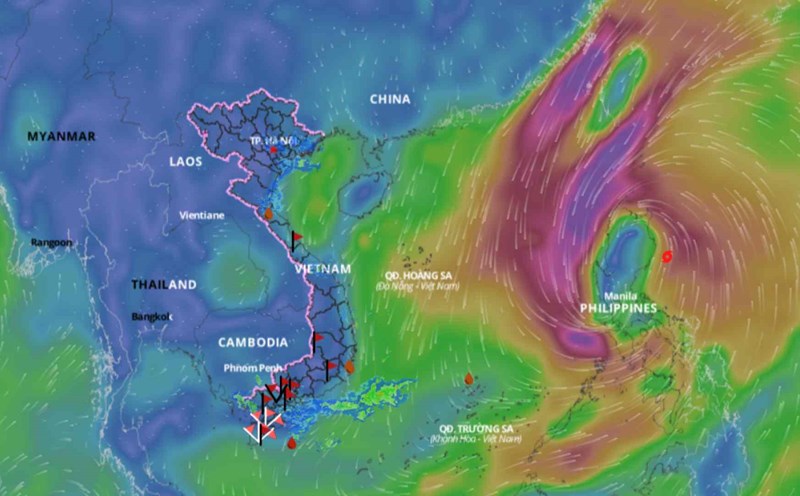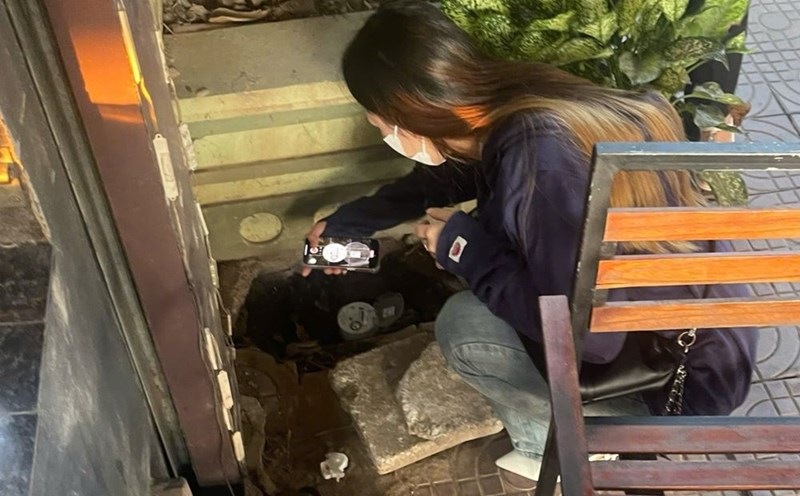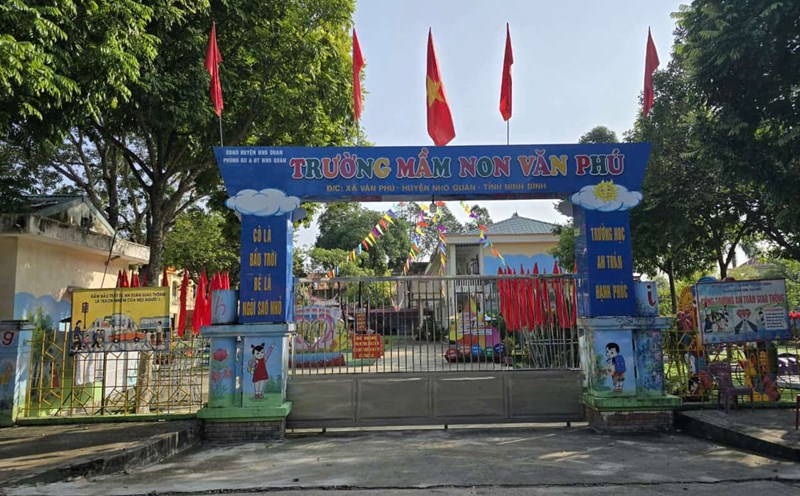This is the first time a reactor has failed safety inspections since the NRA was established after the 2011 Fukushima nuclear disaster , the Bangkok Post reported.
Reactor No. 2 at the Tsuruga nuclear power plant, operated by Japan Atomic Power Co., failed to meet safety requirements due to a suspected active geological fault. located directly below this facility.
The NRA plans to seek public comment on its review report before making a formal decision this fall.
As a country that regularly faces the risk of earthquakes, building nuclear reactors or other safety-critical facilities right on active geological faults is prohibited in Japan. Therefore, this discovery raises concerns about the safety of nuclear facilities in the area.
Tsuruga Nuclear Power Plant has two reactors, of which reactor No. 1 has been decided to permanently shut down. Reactor No. 2, which began commercial operation in February 1987, was shut down in May 2011, shortly after the Fukushima disaster.
Japan then reformed its nuclear safety regulatory system by establishing the NRA in 2012 and introducing new safety standards, aiming to learn from the disaster at the Fukushima Daiichi plant, owned by Japan. of Tokyo Electric Power Company (TEPCO).
The safety assessment process for reactor No. 2 at Tsuruga encountered many difficulties. Japan Electric Power Company applied for a safety inspection in November 2015 with the hope of restarting this reactor.
However, the NRA's safety assessment team concluded in July this year that it could not be ruled out that the active geological fault, which is located about 300 meters from the reactor building, could extend up to right below this facility.
The review was interrupted twice after it was discovered that Japan Electric Power had submitted inaccurate documents and had data edited without approval. This caused the assessment process to be prolonged and had to be re-submitted for inspection in August last year.
Since the Fukushima disaster, only 17 out of 27 nuclear reactors nationwide have passed the NRA's new safety inspection process.
This incident also puts more pressure on managers and companies operating nuclear plants, as they face ensuring safety in the context of ever-present seismic risks. This is said to affect public confidence in nuclear safety , which was shaken after the Fukushima disaster.










